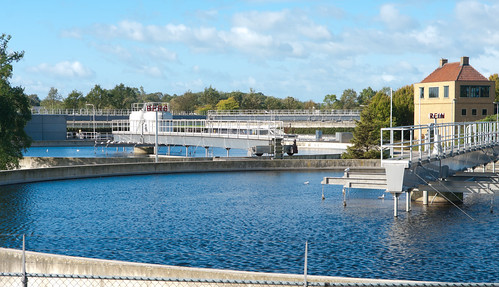In my current study of water privatization in Mexico, I’ve been immersing myself in the literature on remunicipalization of public services delivery. This is not a random occurrence, and as I mentioned on Twitter, it makes sense as I delve more into the research. I’ve been a scholar of sanitation for over a decade. I’ve studied urban water governance. It makes sense that I have found the linkages between sanitation, waste, public services and public service delivery. Remunicipalization is one model of public service delivery where the local government takes back provision by ending private concession contracts. In the words of Wollman and Bakker (both of whom have used the “swinging pendulum” metaphor), we’re moving from public to private to public again.
My work using neoinstitutionalism in understanding institutional arrangements for resource governance very much follows the earlier work of Elinor Ostrom and Vincent Ostrom on co-production of public services. When I teach State and Local Government, I devote one class to co-production. Yet, it wasn’t until recently that I realized how all these pieces were interconnected with each other. Sanitation is linked to solid waste management, both of which are public services that require infrastructure and organizational arrangements. There are a broad variety of governance models for public service delivery, and one of these (highly criticized) is privatization. Thus, remunicipalization is seen as a way of “bringing back the public” in “public service delivery”.
I’ve found some really interesting and relevant websites on remunicipalization, water justice and models of alternative service delivery.
– The Municipal Services Project (Queen’s University)
– The work of Emanuele Lobina and David Hall at Public Services International Research Unit (University of Greenwich)
– The Our Water Commons network.
– The Water Remunicipalization Tracker (a tool to track all instances/case studies of remunicipalization).
– The work of the Transnational Institute on reclaiming public water, and the public/private divide in service delivery.
I still have much work to do, but understanding how these pieces of research all connect with each other has really become a breakthrough in how I think about the governance of urban water and the spatial and political dimensions of public service infrastructure.


0 Responses
Stay in touch with the conversation, subscribe to the RSS feed for comments on this post.